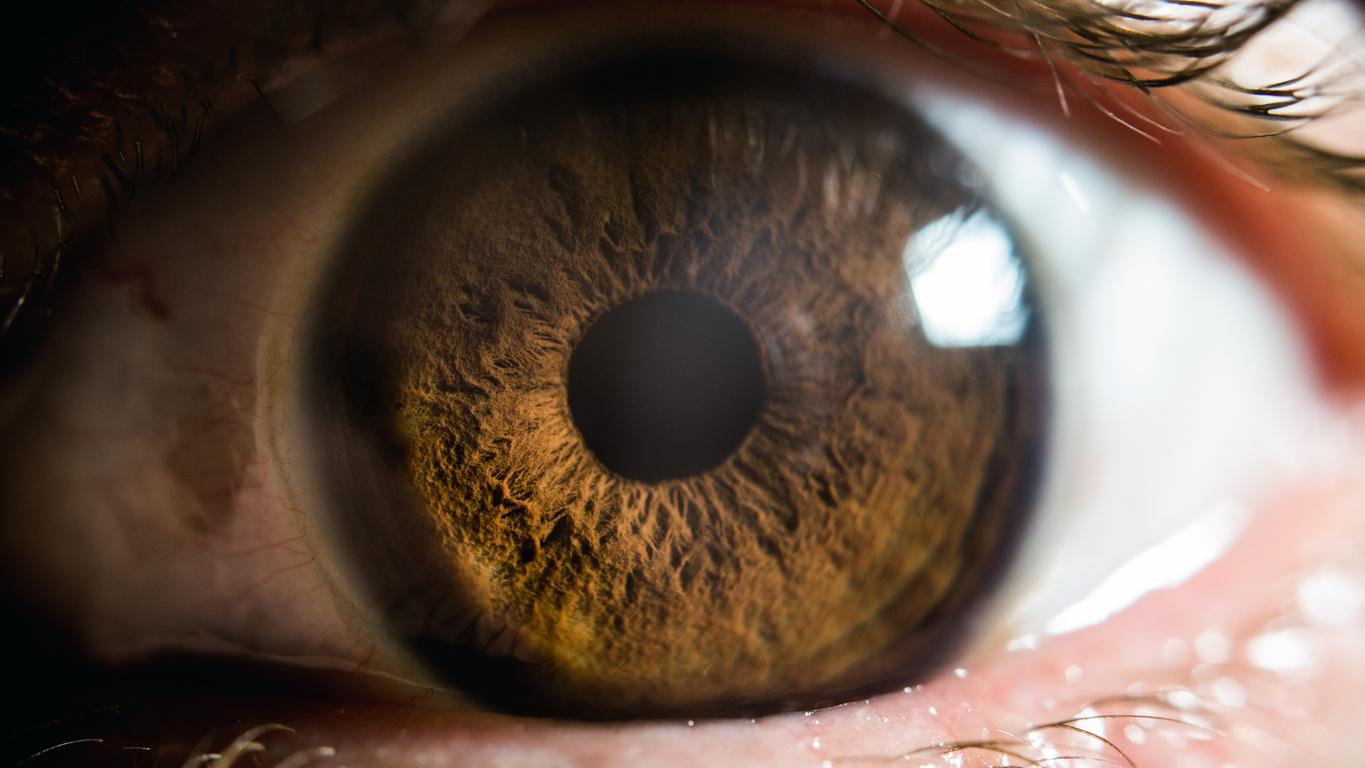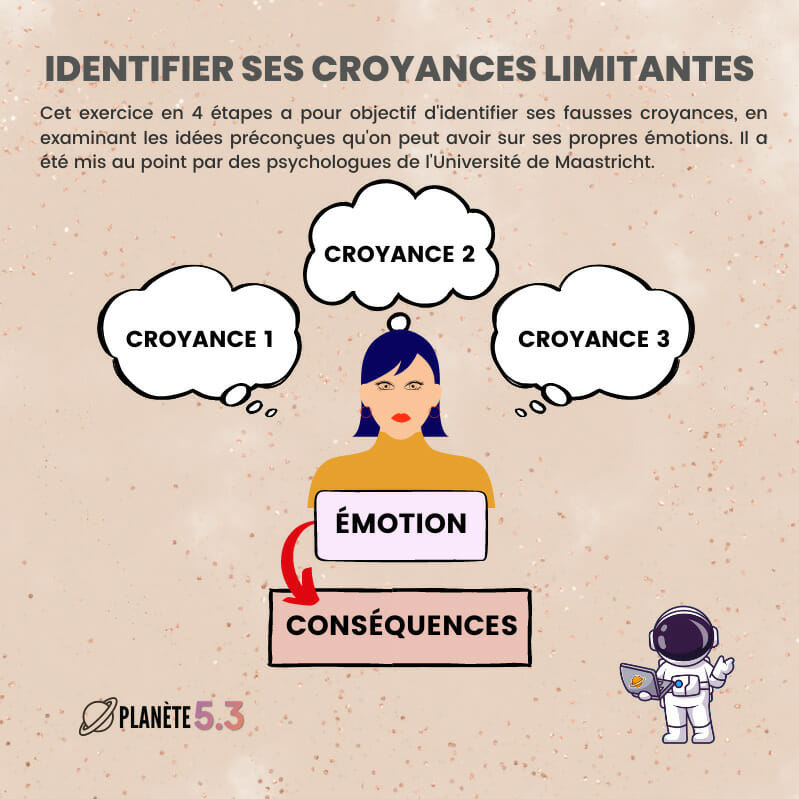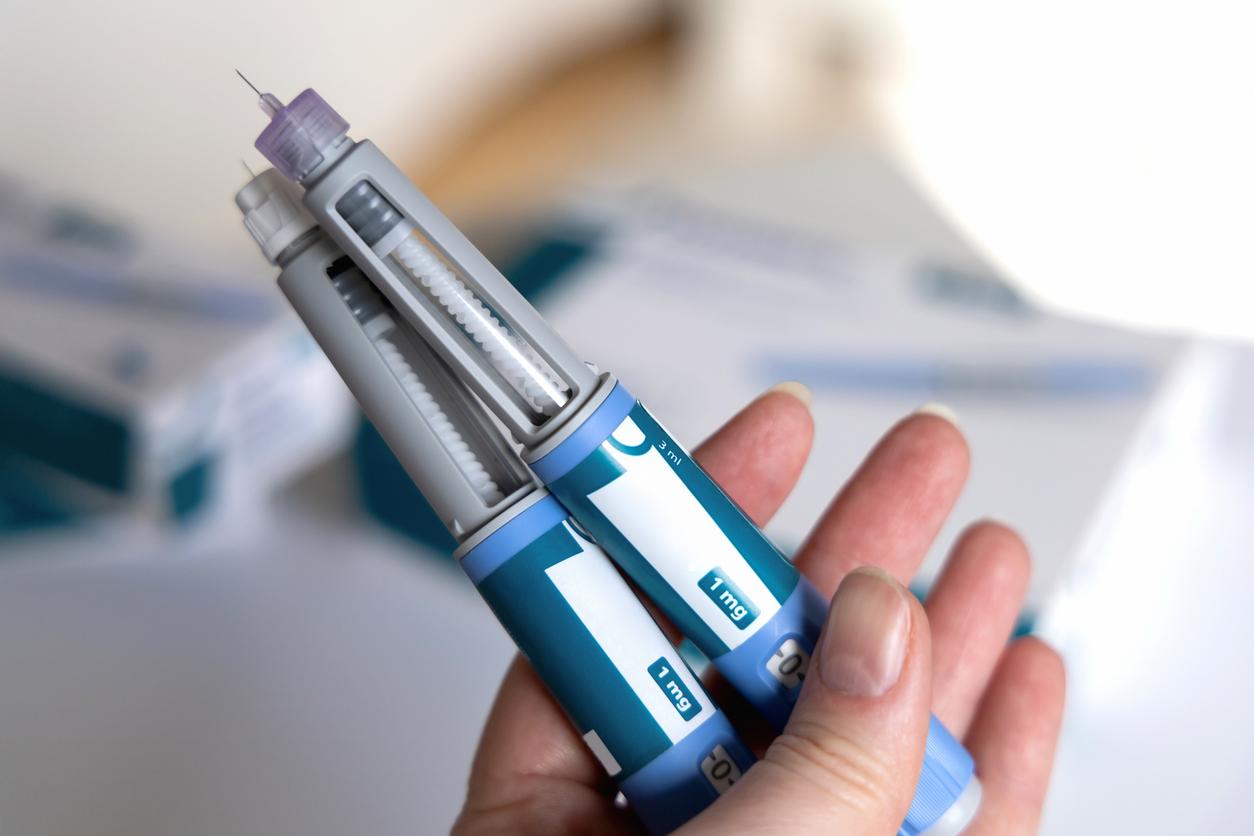There AMD (age-related macular degeneration) is a disease that affects about 8% of the French population and whose frequency increases (as its name suggests) with age. At the initial stage, the disease does not cause visual impairment but, without early identification and appropriate care, it evolves and can lead to severe visual impairment.
To improve the management of the disease, the High Authority for Health (HAS) just published a memo sheet intended for ophthalmologists, general practitioners and geriatricians, in which she insists on the need for earlier identification.
AMD: who are the people at risk?
THE risk factors for developing AMD are the following :
- Family history (this is the main risk factor)
- Obesity
- Diet low in omega 3 or high in saturated fat
- Smoking.
“People over the age of 50 with one or more of these risk factors are advised to regularly monitor their vision. This monitoring is to be carried out regularly and during an examination by an ophthalmologist every 1 to 2 years” emphasizes the HAS.
AMD: what is self-monitoring?
Self-monitoring can be done in particular using the Amsler grid below, which allows the patient to detect in particular a deformation of the lines or a dark spot in the center of vision, called a scotoma.

>> How does it work? Stand about 25 centimeters from your screen, with your corrective glasses or lenses if you use them. One eye at a time (cover the other eye without pressing it) stare at the center point of the grid. All lines should be straight, all intersections should form right angles, and all frames should be the same size. If these lines are broken or blurry, talk to the doctor.
You will find an easily printable version on paper here.
This monitoring must also include daily vigilance in the face of the occurrence of visual signs such as:
- Deformation of observed objects
- Difficulties reading despite appropriate correction
- Decreased perception of contrasts
- Discomfort in night vision
- Change in color vision.
In the presence of any of these signs, it is recommended to consult an ophthalmologist quickly.
AMD: how do you know if you have it?
Faced with symptoms suggestive of AMD, the ophthalmologist performs a complete clinical examination and additional examinations, in particular an in-depth examination of the fundus, an optical coherence tomography (OCT), or even an angiography. These examinations confirm the diagnosis of AMD and determine the form of the disease presented by the patient (atrophic or exudative).


















